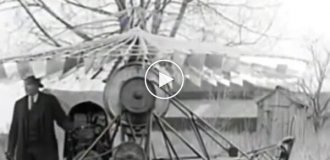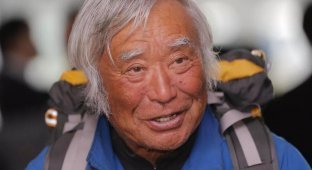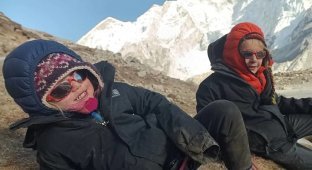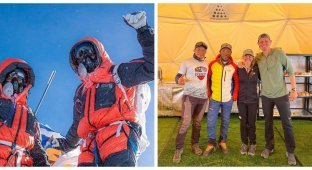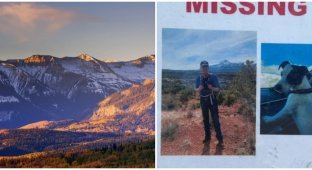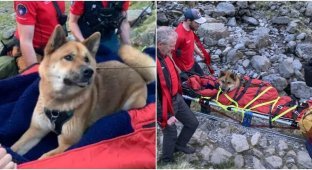Reaching the summit of Mount Everest is the most important and also one of the most difficult mountaineering goals. Climbing to the top of the world's tallest mountain is the pinnacle of the careers of many famous climbers. 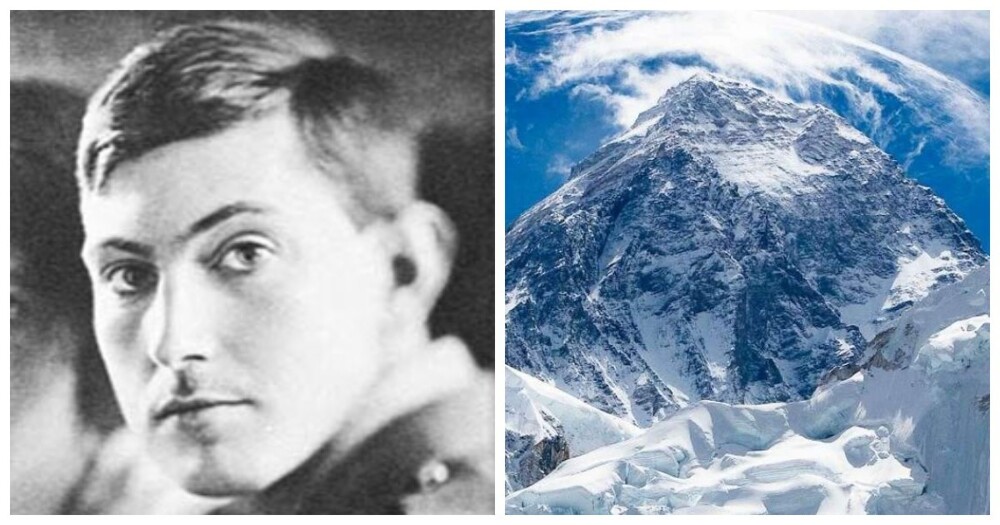
But over the years, the mountain defeated everyone who tried to climb it. It was not until 1953 that the team of Tenzing Norgay and Edmund Hillary managed to reach the summit and return safely. Their ascent became the first confirmed case of conquering the summit of Everest. 
Everest
Decades before this famous climb, many teams had reached Everest Base Camp and attempted to climb higher, only to be stopped by altitude, weather, and the size and impassability of the mountain.
But one expedition in particular has generated a lot of discussion and speculation over the years. George Mallory and Andrew Irvine died on the slopes of Everest during their attempt. But the question of whether they managed to reach the top before their death remained unanswered.
Decades before Edmund Hillary 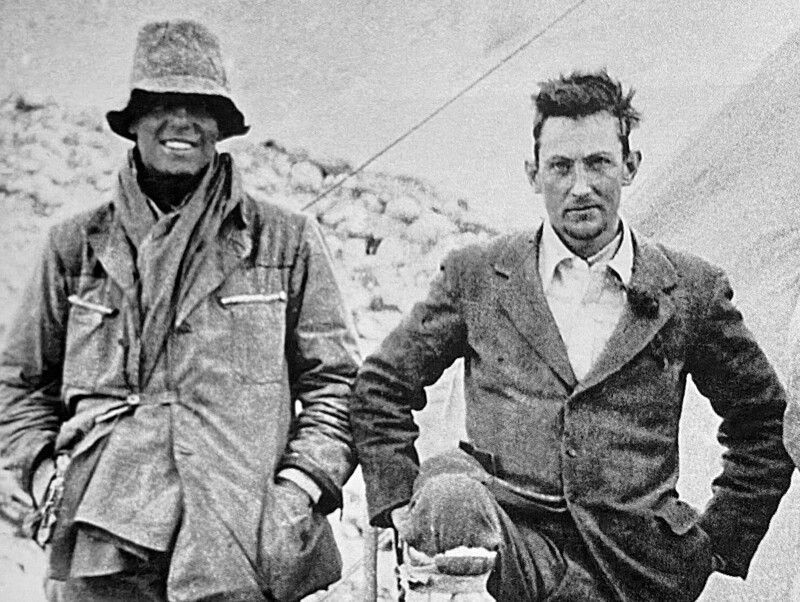
Andrew Irwin and George Mallory.
George Herbert Leigh Mallory was a teacher and professional mountaineer. In 1924, almost three decades before Tenzing Norgay and Edmund Hillary's attempt, he joined General Charles Bruce's expedition to try to conquer Everest.
The expedition members used the latest mountaineering equipment and technology, including supplemental oxygen. It was the second attempt by the British to conquer Everest (the first was made in 1922). Mallory advised the previous expedition, and it was the route he proposed to climb the mountain that was used.
The team of 12 climbers and 60 local porters reached the transit point in Tibet by the end of March. Then the journey to Everest Base Camp began. A month later they reached their camp, where they rested in preparation for their attempt to conquer the summit. 
Rongbuk Monastery overlooking Everest
The journey to this point was not without incident. Bruce had already refused to participate in the campaign; he was crippled by malaria. In addition, the group did not receive the blessing of the monks of the high mountain monastery, which stood on the way to the base camp. This purely ritual stage was considered by many to be a vital condition for the safety and success of the expedition.
The plan was to set up four camps at different heights on the mountainside. The last - fourth and highest at an altitude of 7,000 meters - was on the northern pass - dizzyingly steep and high, which led to the top of the mountain.
In order to reach the summit, attempting climbers had to climb three steps during the ascent. The first is a boulder field, where broken ground and massive obstacles make progress extremely difficult. The other two are sheer cliffs where climbers will be forced to make vertical climbs to continue their journey.
Mallory's second attempt 
Mallory on Everest in 1922
On June 5, 1924, Mallory and Irwin set out on their fateful journey to Mt. In fact, this attempt was Mallory's second and the expedition's third.
The first attempt, in which Mallory participated, was successful: a camp was set up at the top of the mountain, which was subsequently supposed to help in subsequent ascents. There were supposed to be two such camps, but Mallory was unable to reach the site of the second camp and was forced to turn back. 
Expedition 1921. Mallory is far right in the top row.
A second attempt, made by two climbers who passed Mallory as he was returning from his first ascent, was more successful: they reached 300 meters from the summit before exhaustion and the increasing difficulty of the terrain forced them to turn back. Both climbers successfully returned to camp four.
Mallory and Irvine carried oxygen with them and knew that their climb would likely be the expedition's last summit attempt. Mallory's partner, Irwin, was not as experienced as the other climbers. But they were close friends, and Mallory considered him capable of making the climb.
Mallory's last note, which was brought by one of the porters, spoke of an attempt to conquer the summit on June 8. This was the last time anyone heard from these two climbers: both died while attempting the climb.
Odell and meeting near the summit 
Noel Odell
Much of the controversy surrounding Mallory's attempt stems from a report of a meeting between two climbers made by fellow expedition member Noel Odell. He claimed to have seen them in the distance above him, at the base of the second step on the way to the top. The men were able to pass it, and Odell thought they had a good chance of reaching the top.
Since then, many have expressed the opinion that Odell was wrong or mistaken in his statements. Few believed that Mallory and Irwin could rise to the second stage so quickly. Even today such a rapid ascent is impossible. Under pressure from experts, Odell changed his testimony several times. 
Cross-1 marks the place where Mallory's remains were found, marks on the pre-summit ridge, respectively, the 1st, 2nd and 3rd steps
However, only Odell knew for certain what he saw that day. Modern climbers have a positive assessment of Mallory's likelihood of successfully reaching the summit based on his mountaineering skill, the equipment available, and the time he had available to reach the summit. But they weren't there, and they didn't see what Noel saw.
Mallory, knowing that this was his last attempt and determined to conquer the mountain for British prestige, had to be extremely focused on the climb. Maybe thanks to the superhuman efforts of two friends, they managed to do it? 
Even now, a century later, it is unknown what happened during that fateful attempt. Mallory's body was found in 1999, but what happened to him remains unknown. The location of his remains and other objects found during the ascent does not provide convincing evidence in favor of one, or another, version.
However, there is a glimmer of hope that one day answers may be found. Irwin, Mallory's companion, carried a camera with him during the climb. And if the couple had reached the top, there would probably have been photographic evidence of this amazing achievement.
But Irwin's body and the camera he was carrying were never found. Perhaps someday in the future, the photographs he took on the dangerous, but so alluring slopes of the highest mountain in the world will be processed. And then the world will know for sure whether Mallory and Irwin were the first conquerors of Everest.
Add your comment
You might be interested in:




